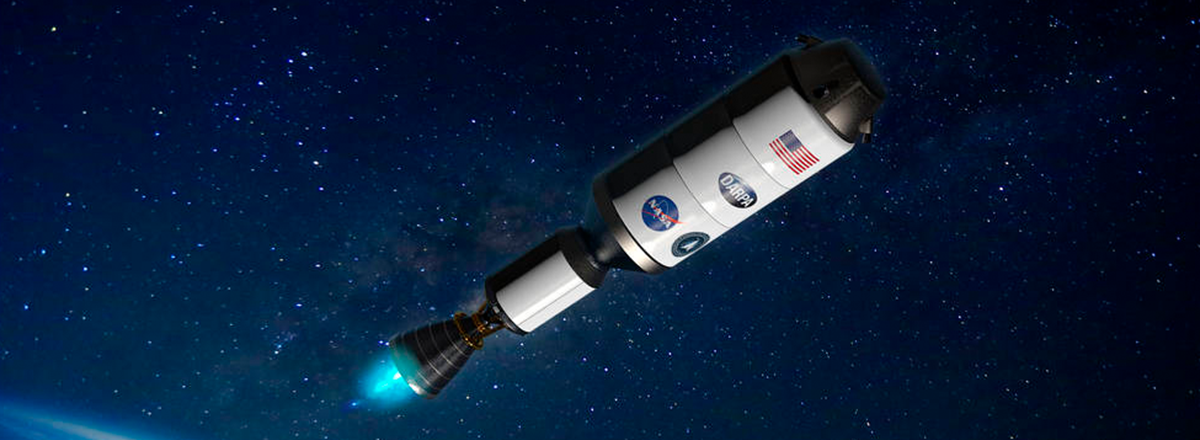NASA and DARPA to Create a Working Nuclear Thermal Rocket by 2027
As noted by NASA, nuclear-powered spacecraft will allow for shorter flight times, reducing the risks for astronauts during long-distance missions, such as future crewed missions to Mars.

NASA and the Defense Advanced Research Projects Agency (DARPA) have announced a collaboration to develop and demonstrate a working nuclear-powered spacecraft by 2027.
Under the agreement, NASA will join DARPA's Demonstration Rocket for Agile Cislunar Operations (DRACO) program to demonstrate advanced nuclear thermal propulsion technology.
According to NASA Administrator Bill Nelson, with this new technology, astronauts will be able to travel to and from deep space faster than ever before. Nelson noted that this is an important opportunity to prepare for long-distance space travel and crewed missions to Mars.
"NASA will partner with our longtime partner, DARPA, to develop and demonstrate advanced nuclear thermal propulsion, a revolutionary technology that will allow the United States to expand the possibilities for future human spaceflight missions. Our goal is to launch and demonstrate a successful nuclear thermal engine as soon as 2027," Nelson noted.
The new engine will be installed in the experimental spacecraft developed by DARPA. The vehicle will operate in orbit at an altitude of at least 700 km, and perhaps as high as 2,000 km.
New, more efficient transportation technologies will help NASA's lunar and Martian missions. With more powerful nuclear engines, it will be possible to carry more research payloads and utilize more powerful instruments and communications equipment aboard the spacecraft.

